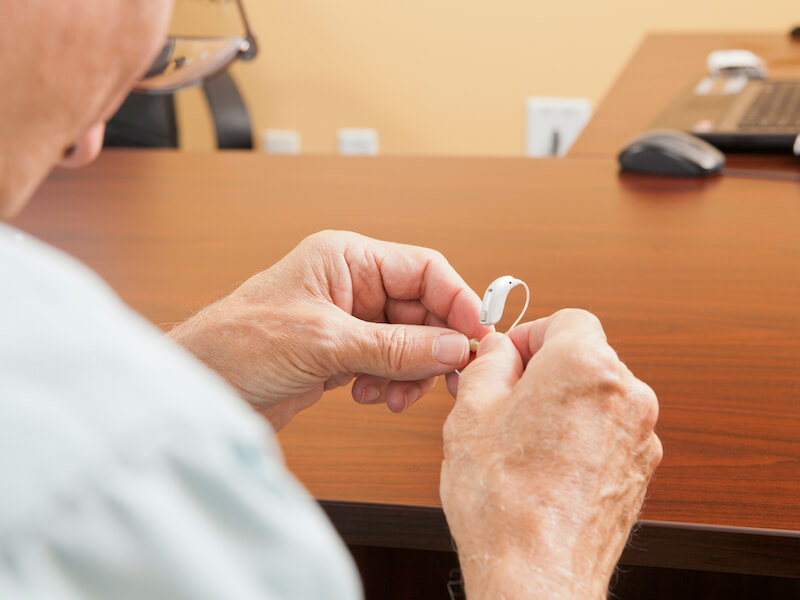
You go above and beyond to be certain your hearing aids are well taken care of. Cleaning them every day, you make sure they are safe and comfortable on their charger when you go to sleep.
But you get pretty discouraged when your hearing aids suddenly stop working the way they did once. Fortunately, there are some measures you can take to troubleshoot the problem. Just don’t forget: your number one job is to avoid damaging your hearing aid further (or you might need to replace them).
Troubleshooting your hearing aid
You saved the owner’s manual that came with your shiny new hearing aids, right? Hopefully, you did so that you can consult with your owner’s manual to perform maintenance and troubleshooting. Every model of hearing aid can be somewhat different so it’s important to follow the manual’s recommendations.
Here are some things you can check on most models:
- Check for visible damage: Do you see any visible cracks or loose components around the shell of your hearing aid? Cracks, clearly, could suggest more extensive damage (or let in moisture).
- Check your battery: Even if you know your hearing aids charged all night, you’ll want to double-check the battery power. If your hearing aid has replaceable batteries, it might be a good idea to check if those batteries are correctly inserted or if a new one resolves the problem.
- Keep your microphone clear: Check your hearing aid to find out if anything is blocking the microphone. A blocked microphone can create feedback or can cause your hearing aids to sound broken or quiet.
- Wax accumulation: Be certain that there’s no wax on your hearing aid by giving it a visual check. Wax can accumulate quickly even if you clean your hearing aids frequently so make it a point to double check.
Once again you can find out how to address each of these issues by referring to your owner’s manual. Self-maintenance is sometimes possible.
When does my hearing aid need repair?
If your hearing aid keeps malfunctioning after you have performed basic maintenance and troubleshooting, it’s likely that your hearing aid will need to be professionally repaired. That might not always sound desirable, after all, you depend on your hearing aid for day-to-day communication (along with dinners with your family, staying up to date with your favorite Netflix series, and so on).
It’s certainly worth taking note that “repair” doesn’t necessarily mean “send your hearing aids in for service and wait a few weeks”. In some cases, we can fix your hearing aid in office while you wait.
Or, you’ll be able to take your hearing aids in for professional help and have them back in just a few hours (this, of course, depends on the extent of the damage, all the more reason to get your devices in for repair as soon as you can).
But quick repair won’t be possible in all cases. And in those cases, you might find yourself needing a backup pair of hearing aids. Maybe you have an old pair that will do temporarily in a pinch. Or maybe we have a loaner pair you can borrow.
Don’t wait to get help with your hearing aids
If the audio quality is starting to fail, it’s essential to get your hearing aids assessed and repaired.
You’ll want to prevent any downtime. Untreated hearing loss can impact your general health, and that includes your mental health. More to the point, once your hearing aids are ignored in a box somewhere, it’s all too easy to pretend they don’t exist, meanwhile, your hearing grows worse and worse.
The optimum way to keep your hearing working properly is to keep those hearing aids working. Keeping them charged, clean, and when necessary, professionally repaired is the best way to do that.